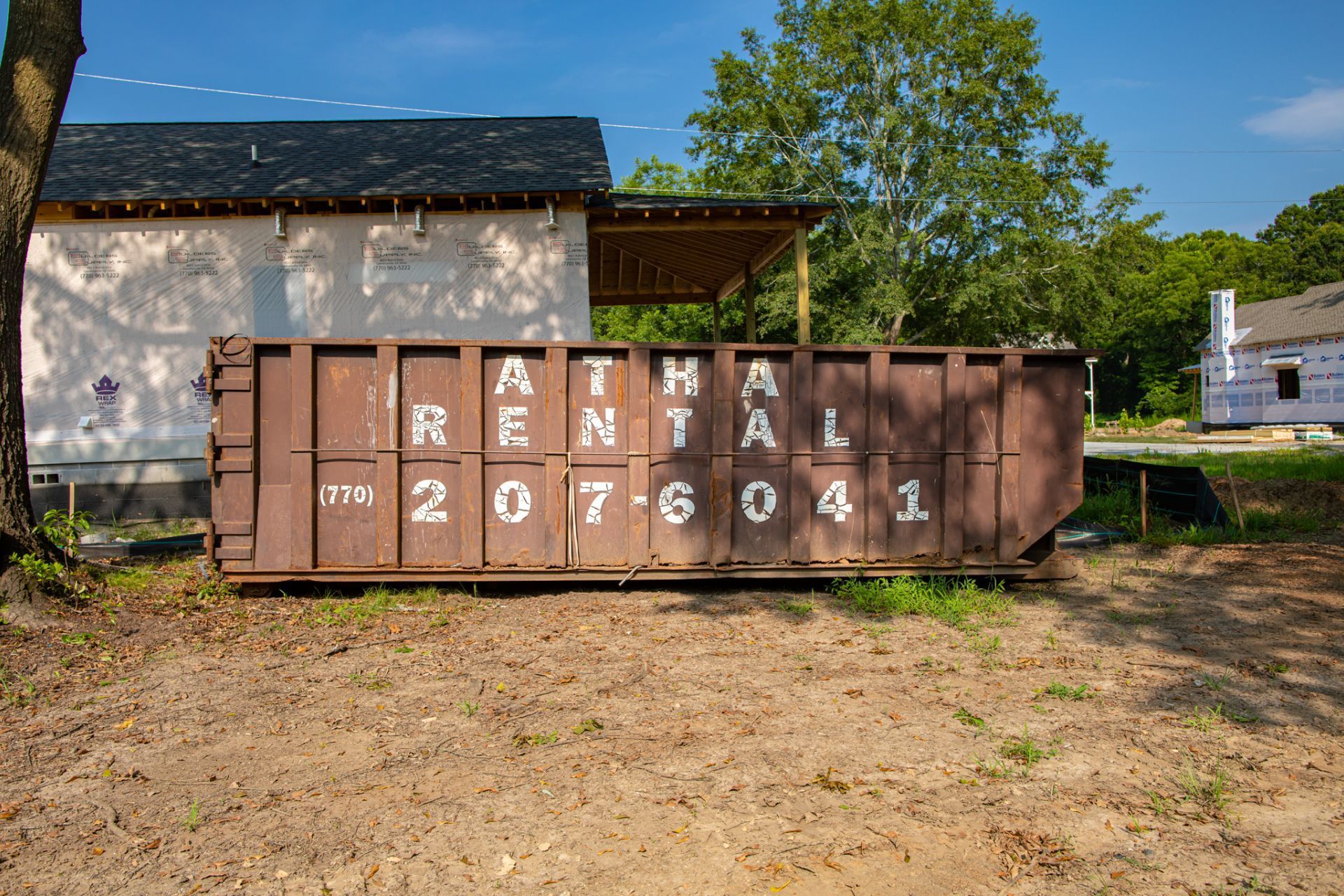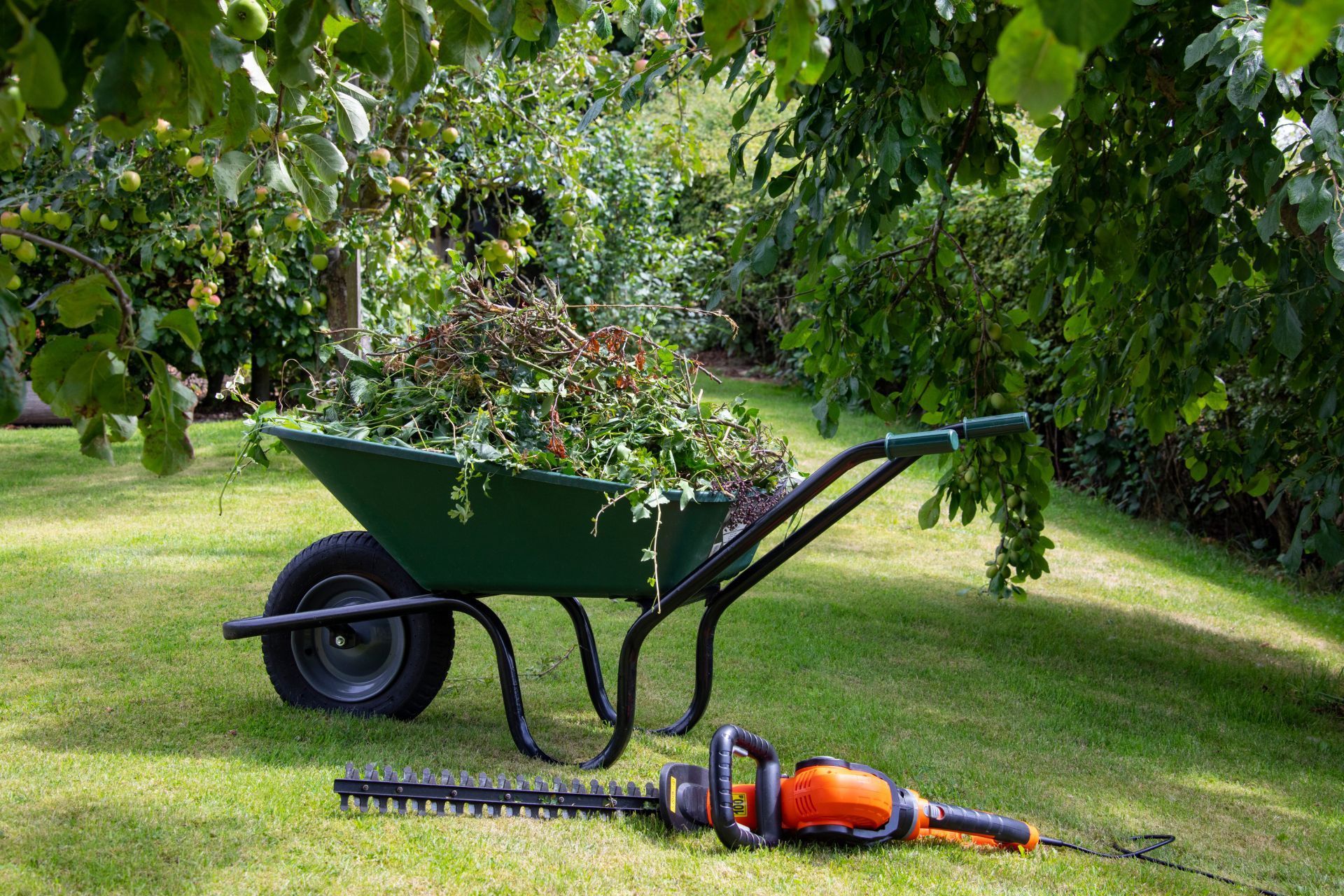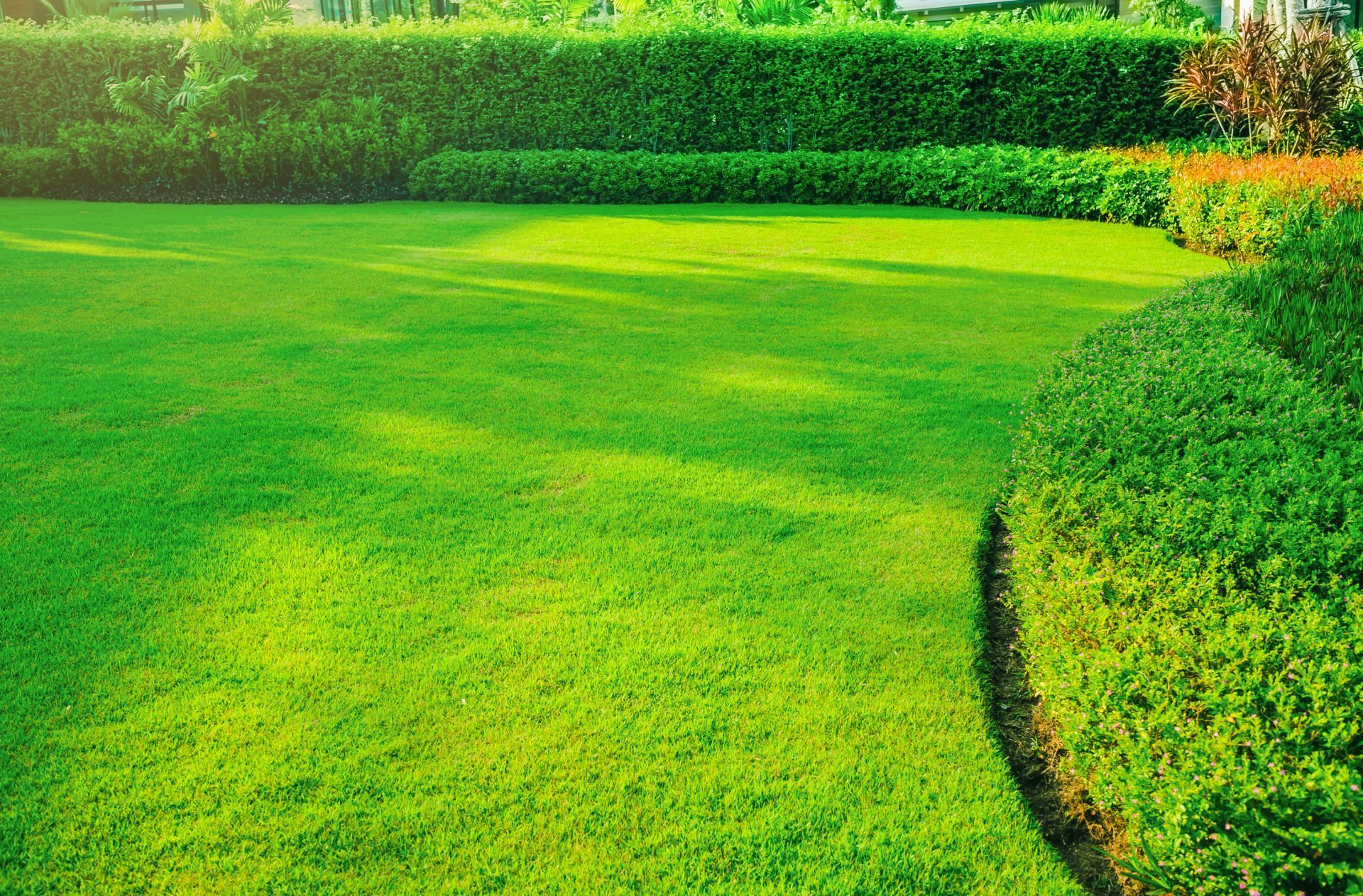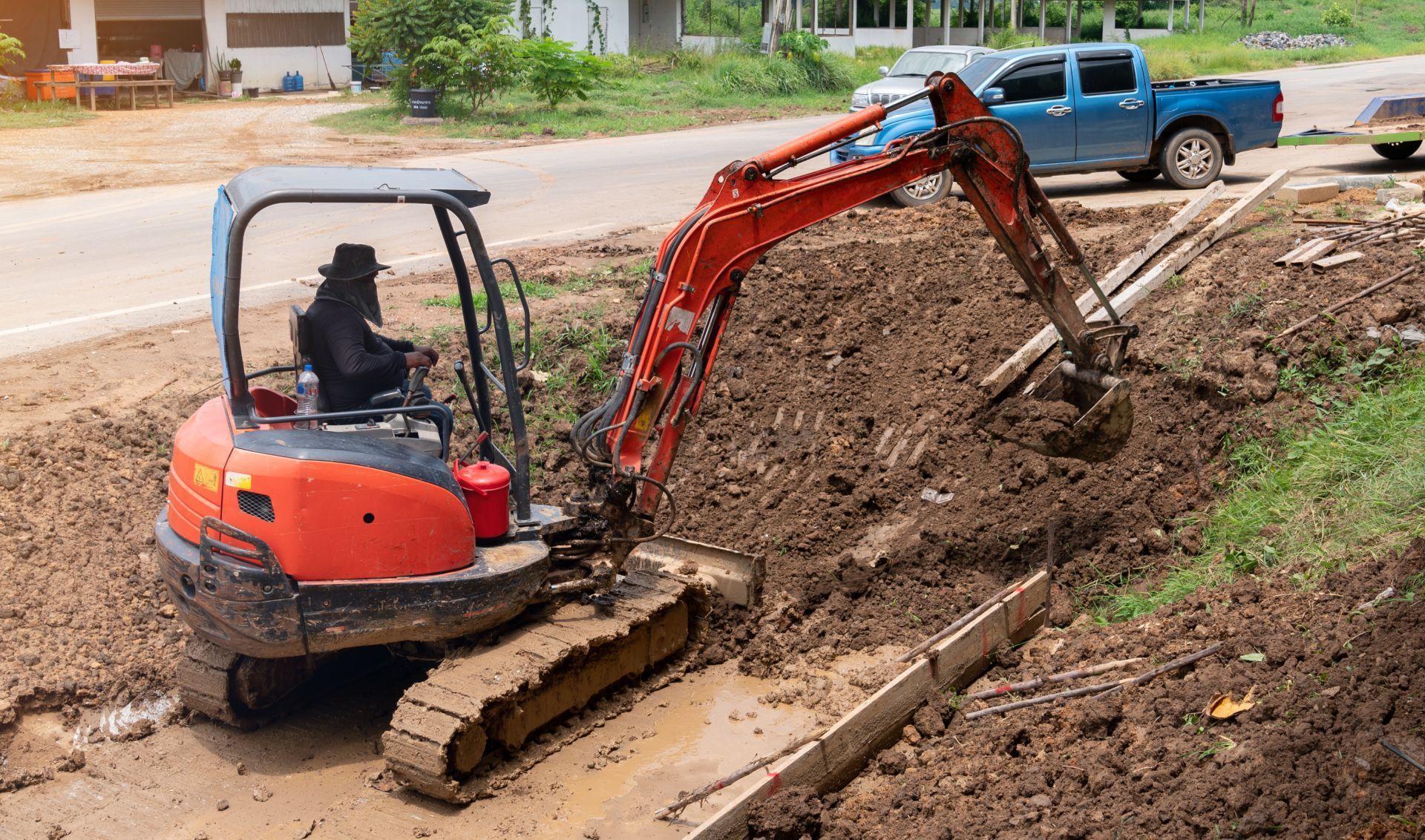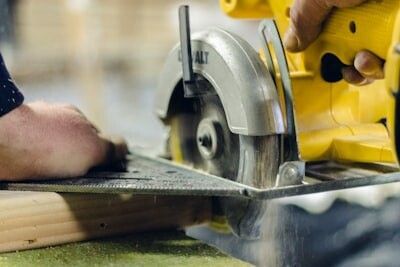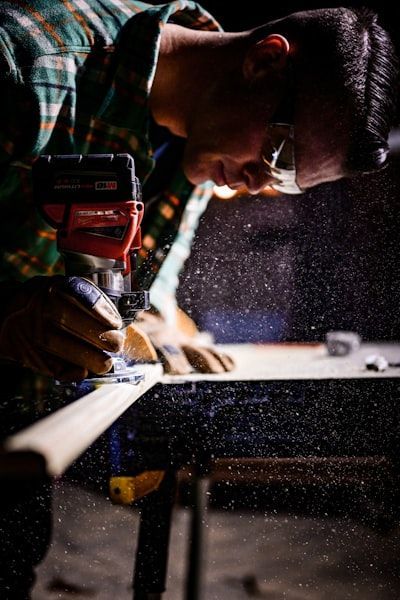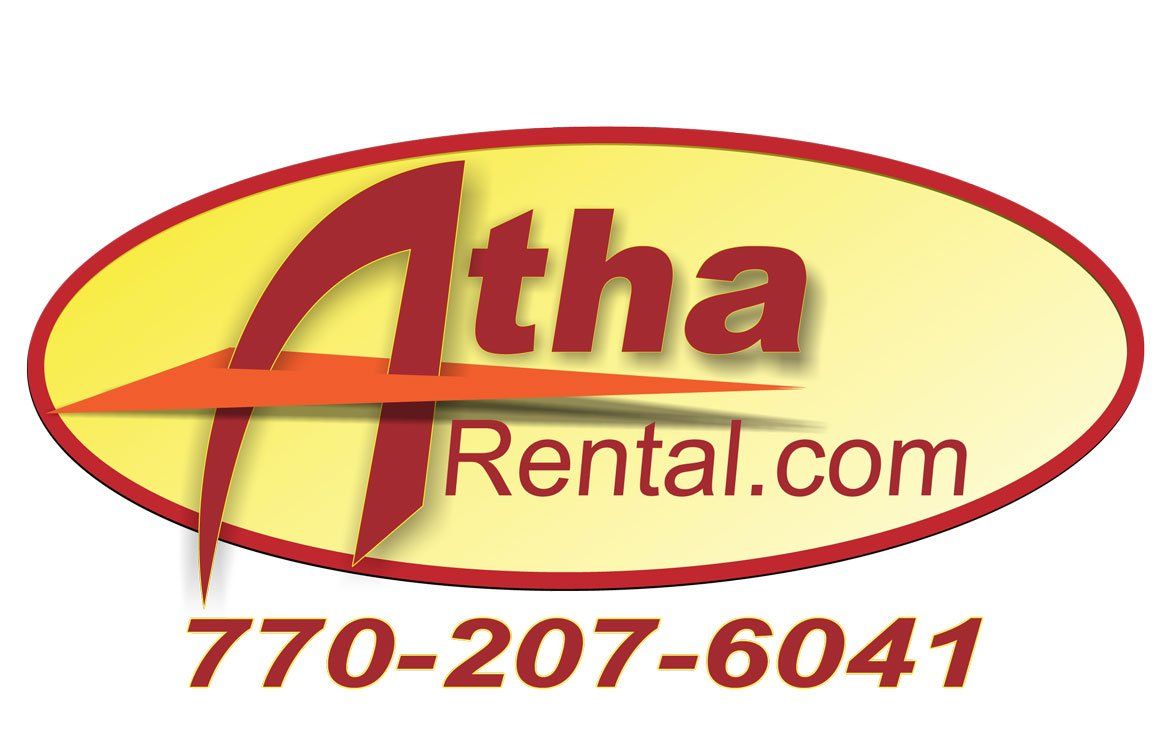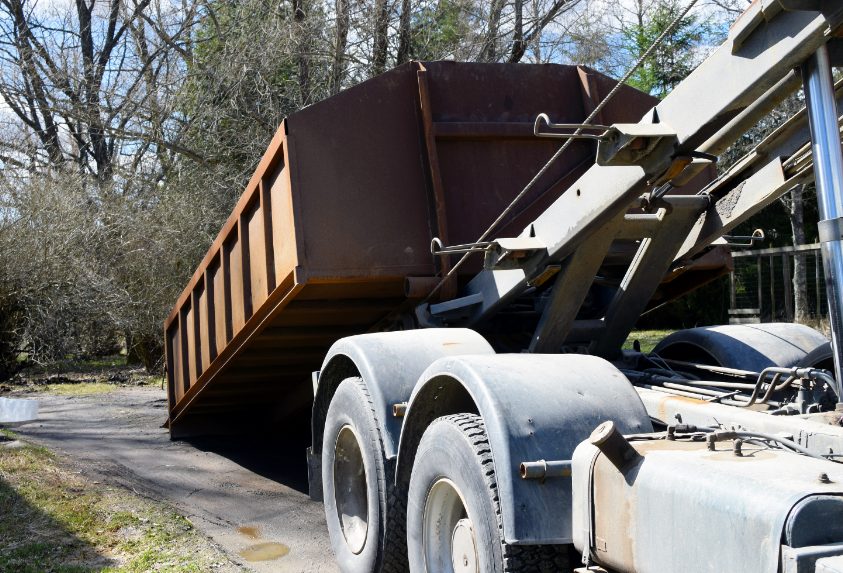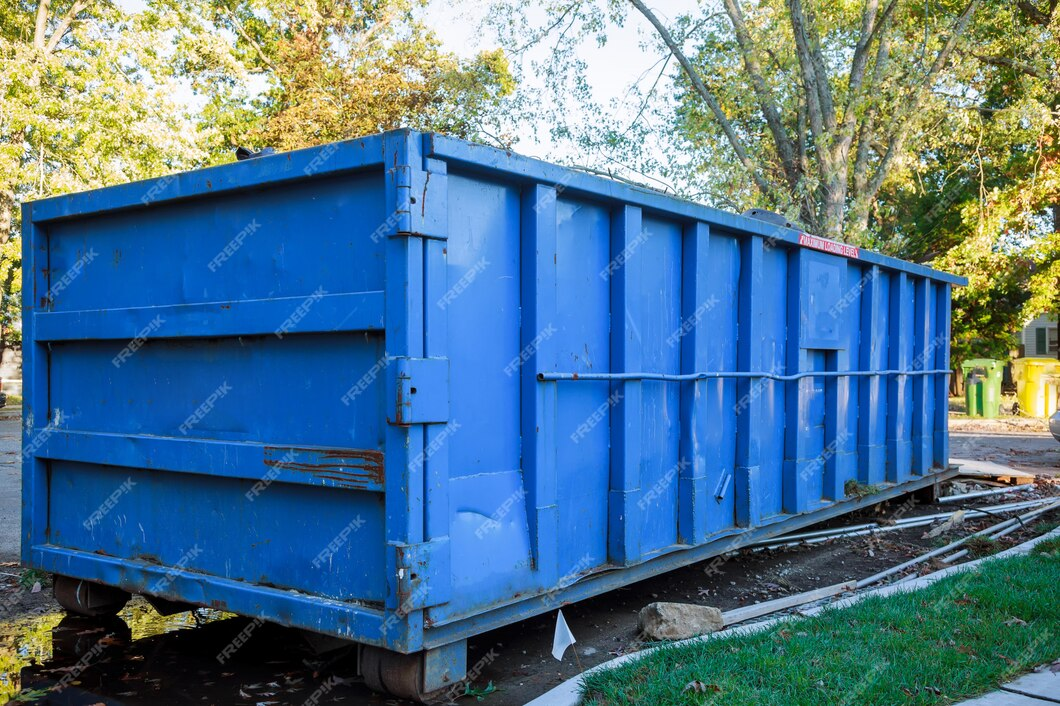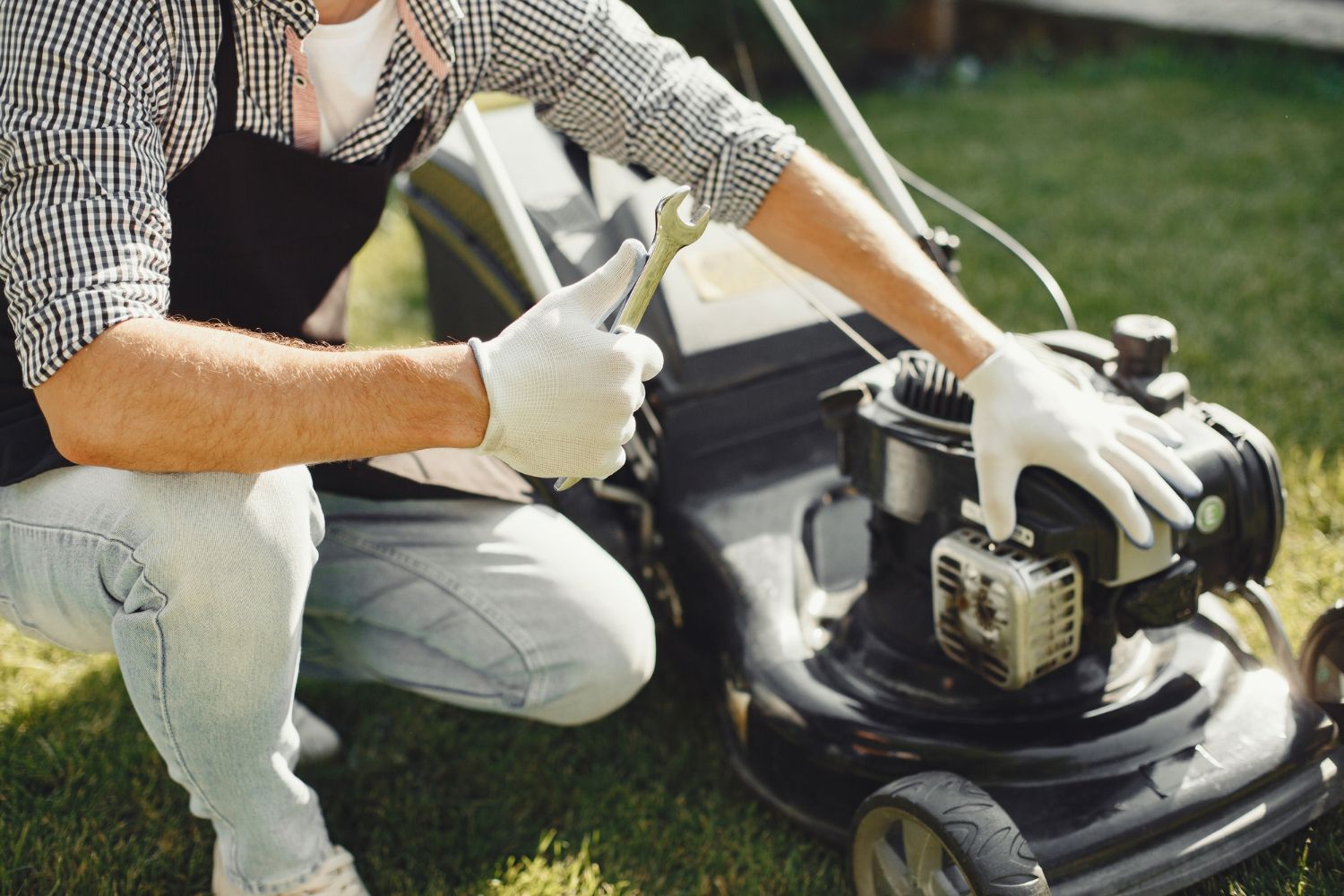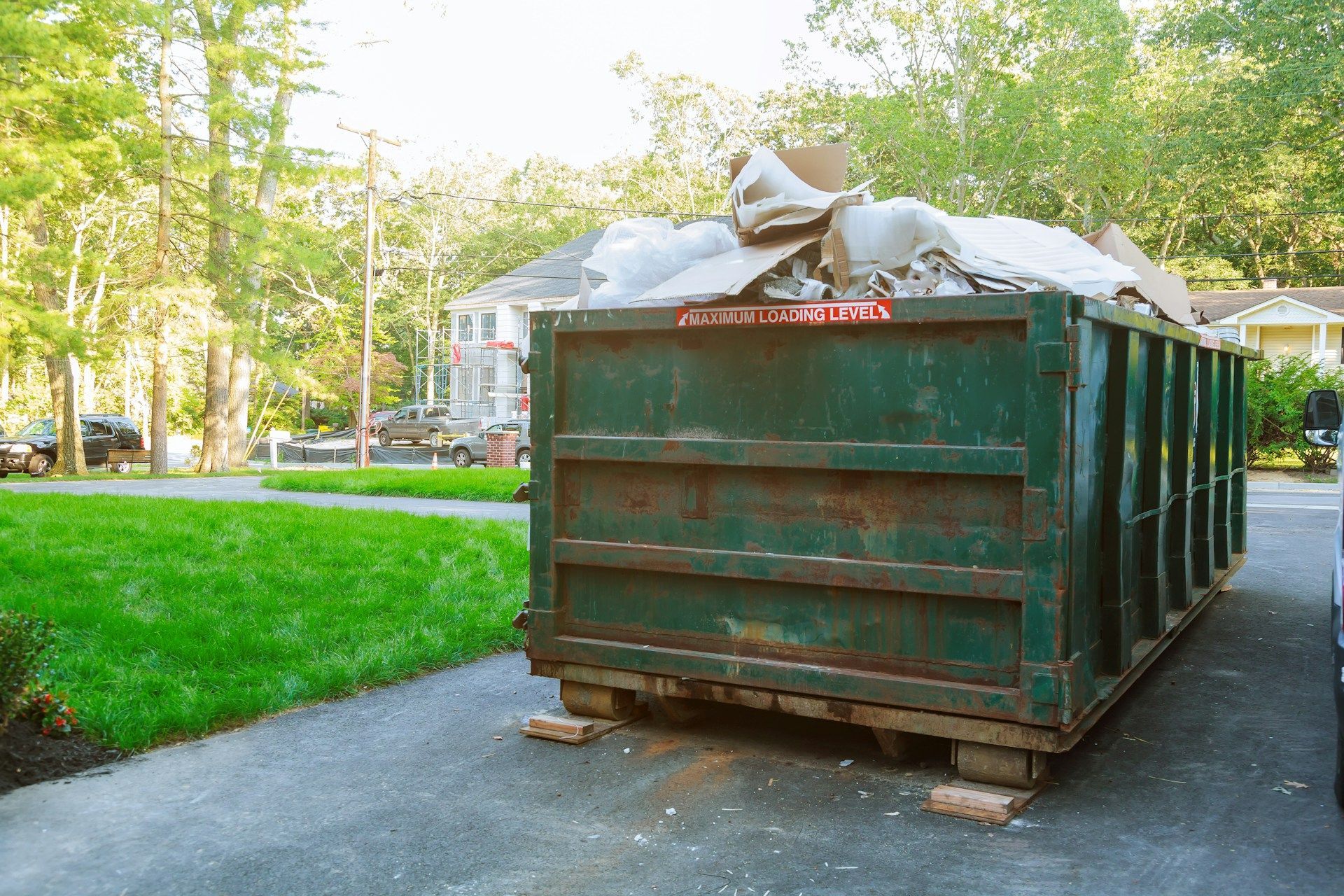Differences Between Power Rake vs Dethatcher
Maintaining a healthy, lush lawn goes beyond regular watering and mowing; sometimes, removing thatch buildup is crucial. Thatch, a layer of dead grass, roots, and debris, can prevent nutrients, air, and water from reaching the soil if it becomes too thick. This is where tools like power rakes and dethatchers come into play, each serving a unique purpose in lawn care. In this article, we will explore the differences between a power rake and a dethatcher, detailing how each works and when to use them.
Understanding these tools will enable you to make informed decisions to keep your lawn in peak condition, all the while leveraging the expertise and equipment of a trusted local provider like Atha Rental in Monroe, GA. Whether you're a seasoned gardener or a weekend warrior, this guide will equip you with the knowledge to choose the right tool for your lawn maintenance needs.
Power Rake vs Dethatcher: Understanding the Basics
When faced with a thatch problem in your lawn, choosing the right tool for the job is essential. Thatch is a layer of organic matter—comprised of dead grass, roots, and debris—that accumulates between the soil surface and the live grass. While a thin layer of thatch can be beneficial as it helps to protect roots and retain moisture, excessive thatch can prevent water, air, and nutrients from penetrating the soil, leading to a less healthy lawn.
A dethatcher, sometimes called a scarifier, is designed to remove a layer of thatch. It typically features a series of metal tines or blades that comb through the grass, pulling up the thatch debris. On the other hand, a power rake is much more aggressive; it digs deeper into the soil, using rotating flails or tines to thoroughly disturb the soil and remove thatch along with some soil particles.
When To Use a Dethatcher
Dethatchers are best used on lawns with a mild to moderate thatch issue where the main goal is surface-level thatch removal without significant disturbance to the soil or healthy grass roots. The best time to dethatch is during the growing season when the grass can recover quickly—typically early spring or early fall for cool-season grasses and late spring through early summer for warm-season varieties.
The process of using a dethatcher involves running the machine over your lawn in much the same way you would a lawn mower. After dethatching, you will see a significant amount of thatch debris on your lawn, which you should rake up and dispose of or compost if possible. This promotes a healthier lawn that can breathe and absorb nutrients effectively.
Power Raking: When More Aggressive Treatment Is Needed
Power rakes are suitable for lawns with severe thatch problems where more intense intervention is required. Because power raking is so aggressive, it's essential to be careful not to overdo it. Overuse of a power rake can damage healthy grass and even lead to bare spots, which are susceptible to weed invasion.
It's often recommended to power rake only every few years or when thatch buildup exceeds half an inch. Like dethatching, the best time for power raking is when the grass is in its peak growing season, allowing the lawn to recover quickly from the stress of raking. After power raking, as with dethatching, the pulled-up thatch and debris should be cleared from the lawn to prevent smothering the grass.
Choosing the Right Equipment for Your Lawn
Choosing between renting a dethatcher and a power rake involves understanding your lawn's condition and your maintenance goals. For do-it-yourself homeowners, lawn dethatcher rentals offer an accessible solution without the need for significant financial investment in purchasing the equipment. Dethatcher rental services, like those provided by local equipment rental companies, including Atha Rental, often include a variety of models suited to different lawn sizes and thatch conditions.
For those with heavily thatched lawns, a power rake might be the more appropriate choice. Many equipment rental outlets also offer options for those specifically searching for power rake rental alternatives. When renting any equipment, ensure it is in good working order and ask for a demonstration on how to operate it if you are not familiar with its use.
Maintenance and Aftercare for Best Results
After dethatching or power raking, it's crucial to follow up with proper lawn care practices to ensure your grass recovers well and benefits from the thatch removal. Here are a few steps to consider:
- Fertilizing: Apply a balanced fertilizer after dethatching to replenish nutrients and promote healthy regrowth.
- Watering: Keep your lawn well-hydrated to support recovery. Water deeply rather than frequently to encourage strong root growth.
- Overseeding: If your lawn is sparse or you notice bare patches after dethatching or power raking, consider overseeding to introduce new growth. Choose a seed blend that matches your existing lawn for the best results.
- Regular Maintenance: Continue regular lawn care practices such as mowing at the correct height, watering properly, and periodic fertilization to maintain lawn health and prevent future thatch buildup.
By understanding the differences between a power rake and a dethatcher and choosing the appropriate time and method for using these tools, you can effectively manage thatch in your lawn and maintain a healthier, more beautiful grass area.
Whether you opt for a dethatcher rental or a more intensive power rake treatment, proper aftercare will maximize the benefits of your efforts and keep your lawn looking its best.
Enhance Your Lawn With Atha Rental
Reviving your lawn with the proper equipment is easier than ever with Atha Rental. Our family-owned business proudly supports garden enthusiasts and homeowners in Monroe, GA, by providing high-quality, reliable dethatcher and power rake rentals. Whether you are tackling mild thatch buildup or need a robust solution for severe thatch issues, we have the tools and expertise to guide you through the process. Our friendly staff is ready to assist you in selecting the right equipment to breathe new life into your lawn, ensuring you achieve the lush, healthy grass you desire.
Visit Atha Rental today to explore our garden and lawn equipment rentals. Let us help you transform your outdoor space into a thriving, vibrant lawn that is the envy of the neighborhood!
